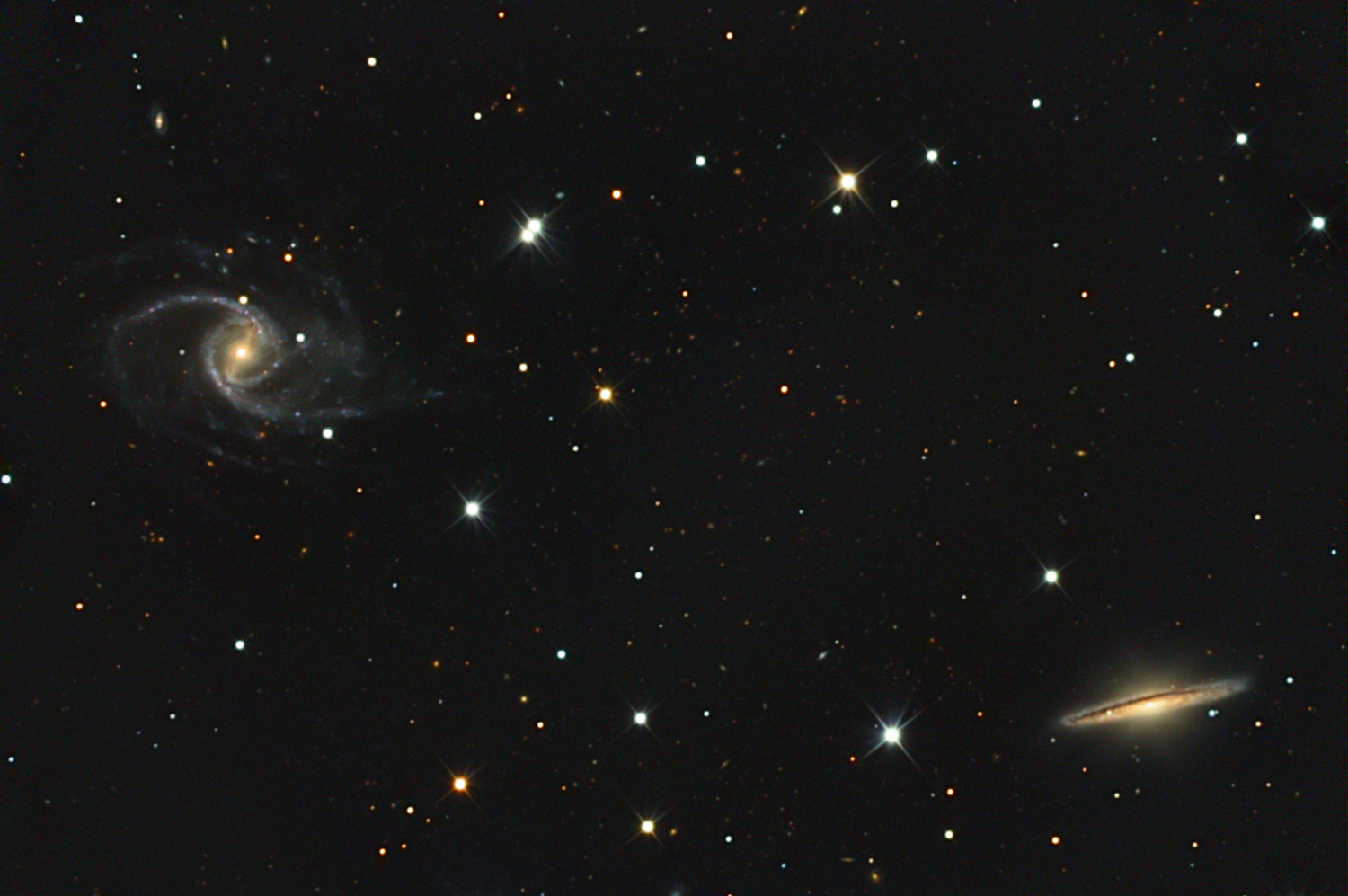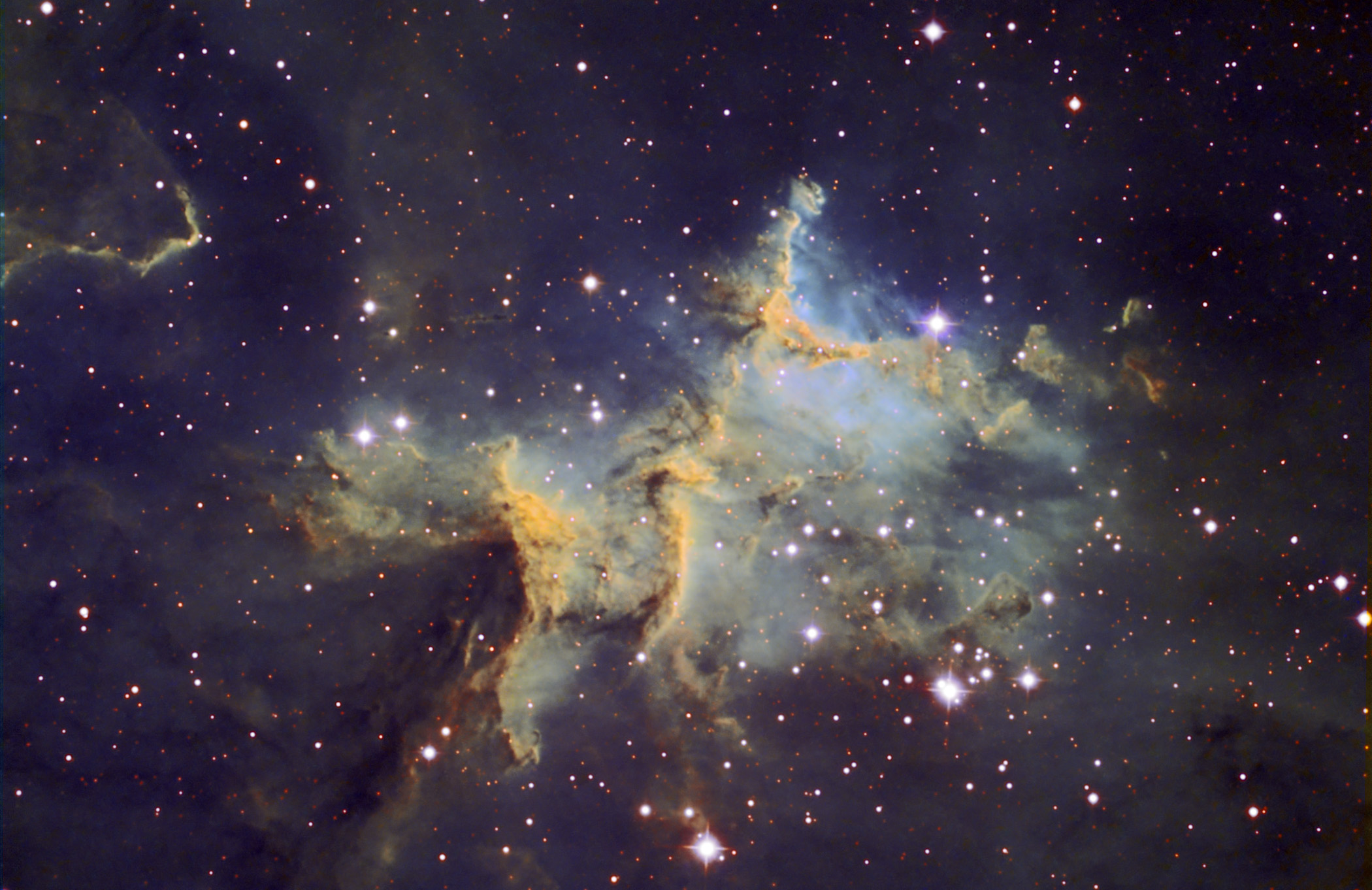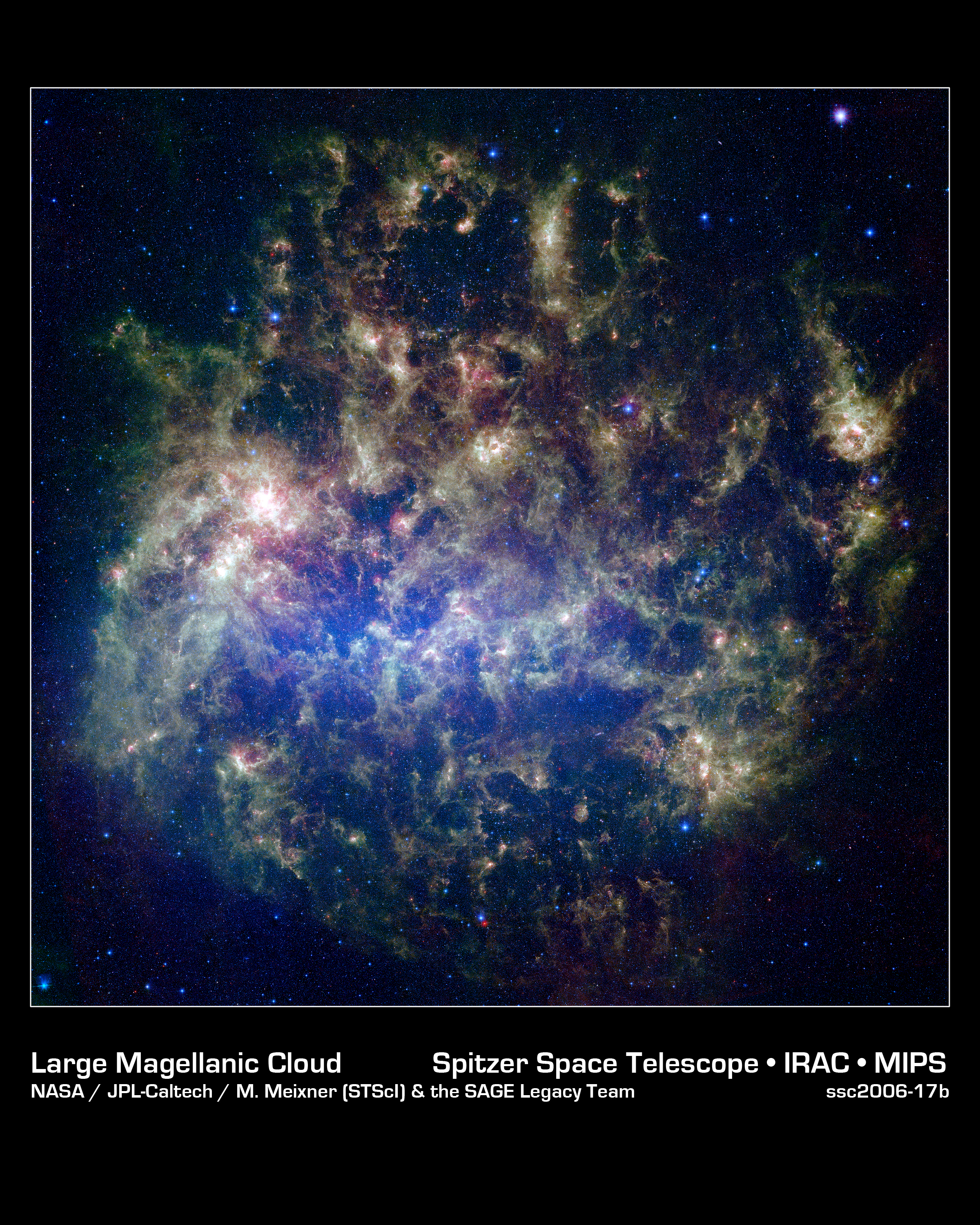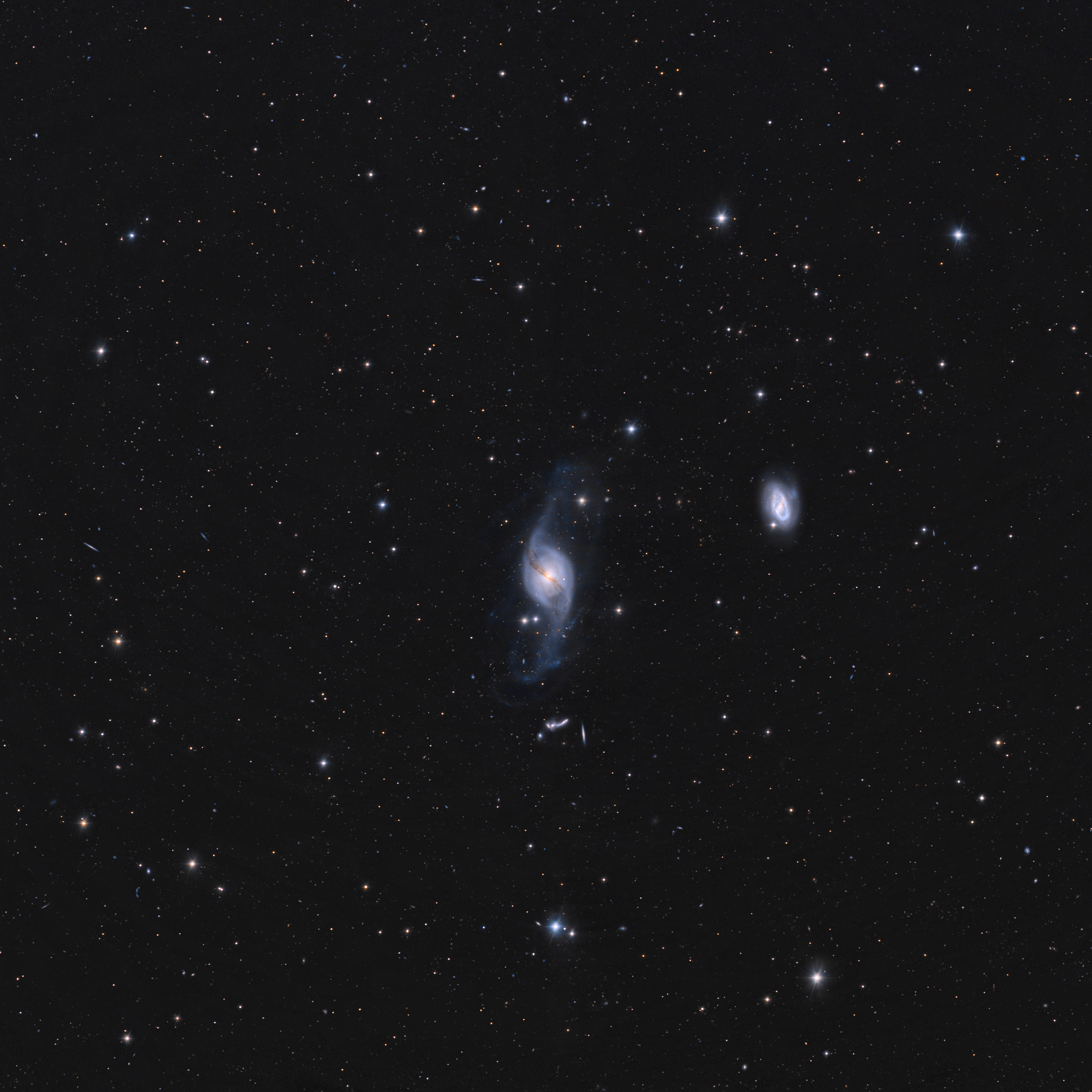APOD #7 on NGC 5905 and 5908

The two galaxies pictured, NGC 5905 and 5908, are 140 million light-years away, in the constellation Draco. The two galaxies, about 500,000 light-years apart, are spiral galaxies. MGC 5905 is seen face-on, while NGC 5908 is seen edge-on. NGC 5905 is a central bar spiral galaxy. A few bright star clusters can be seen, as well as the arms that give it its spiral characteristic. NGC 5908, seen edge-on, is also a spiral galaxy. This is known because of the characteristic large nucleus and the dust disk. NGC 5908 is similar to M104, more commonly known as The Sombrero Galaxy.





